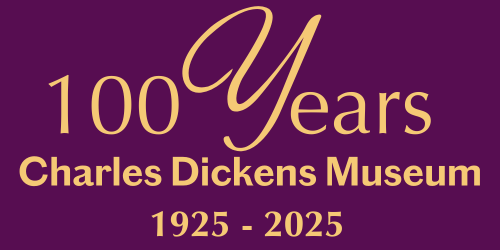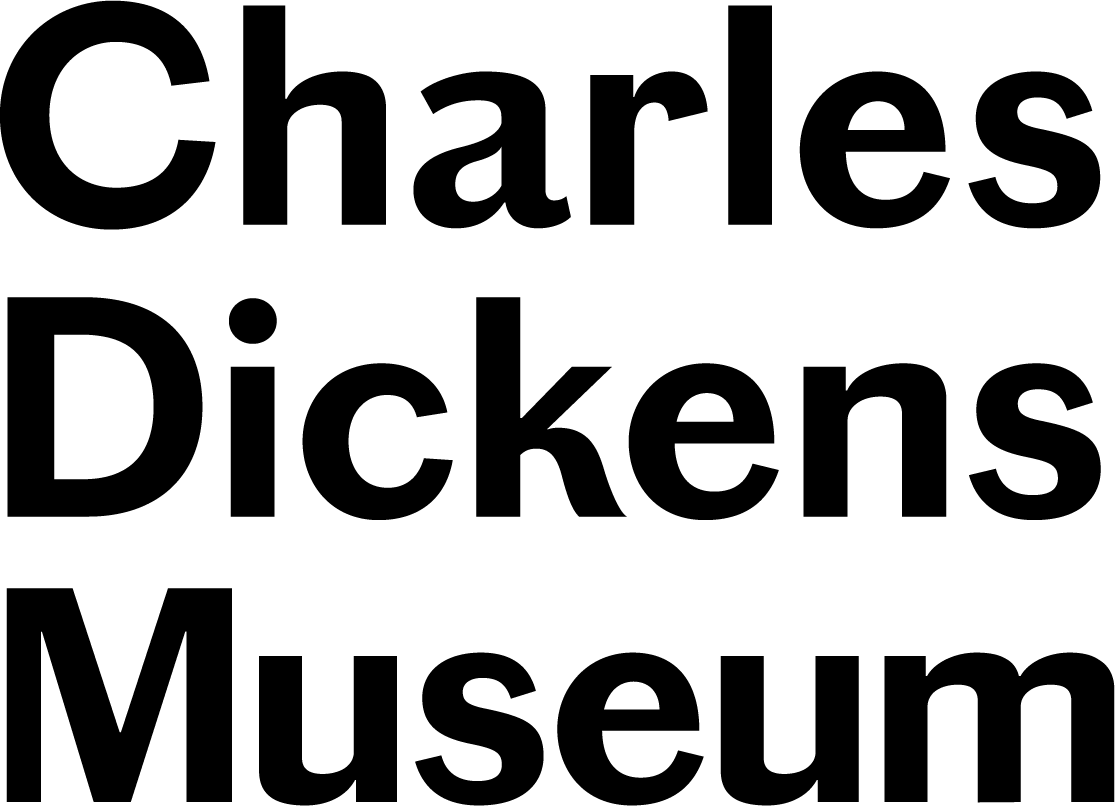Charles Dickens and America - Part IV
2017 marks 150 years since Charles Dickens embarked on his second and final voyage to America. In honour of this special occasion we are publishing a four part blog series written by Professor Michael Slater, charting the author’s two trips to the United States and Canada as well as mapping his changing views of North America and its people.
Part IV - A Tale of Two Visits
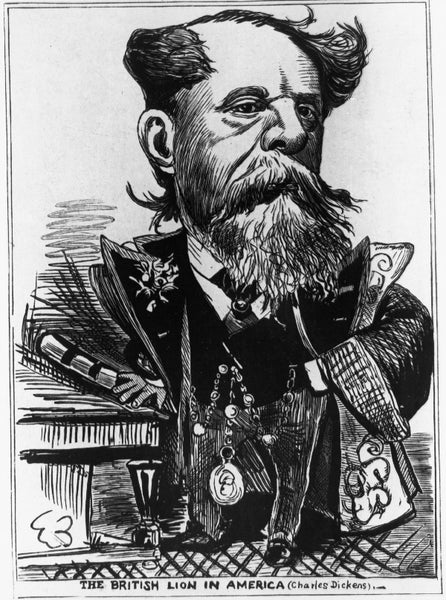
‘The British Lion in America’, cartoon by Thomas Nast published in the New York 'Daily Joker,' 1868. (DH350, Charles Dickens Museum Collection)
In 1858 Dickens began a second, spectacularly successful, career as a public reader of his own works and after the end of the American Civil War came under great pressure to undertake a reading tour in the United States. This he did, under punishing weather conditions, in the winter of 1867/68, travelling as far south as Washington, as far west as Buffalo and as far north as Portland, Maine. He suffered from insomnia and a persistent bad cold and trouble with his feet (not helped by long walks in deep snow).
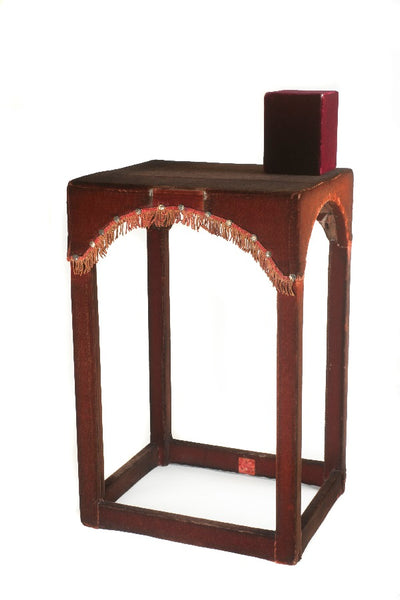
Reading desk used by Charles Dickens on his public reading tour of America, 1868. This desk was designed by Dickens and he was particular about its colour, as well as the placement of the tasselled fringe. He designed it so his audience would see as much of him as possible and he could perform with his whole body when giving his readings. (DH300, Charles Dickens Museum Collection)
Dickens was fortunate in the services of his excellent and resourceful manager George Dolby and in the devoted attention of his young American publisher James Fields, who, with his wife Annie, did great deal to provide Dickens with as much domestic comfort as possible during his arduous tour.
It was to divert and entertain Dickens, who was famously a passionate pedestrian, that Dolby and Fields organised the ‘Great International Walking Match’ on the outskirts of Boston on 29 February 1868, the contestants being Dolby himself and Fields’s junior partner James Osgood. Dickens, Dolby recorded in his Charles Dickens As I Knew Him (1885), ‘entered heartily into the scheme’, acted as trainer and co-umpire, and wrote a ‘sporting narrative’ of the match in the style of contemporary sporting newspapers.
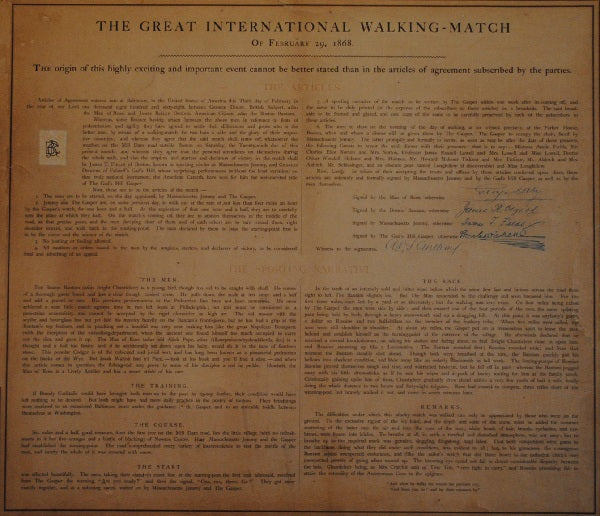
The Great International Walking Match poster, February 1868 featuring a sporting narrative written by Dickens and signatures of all participants. (DH351, Charles Dickens Museum Collection)
Dickens’s American readings tour was a huge sell-out success. The huge profit (just under £20,000) that he had made from his American tour has been estimated to have amounted to between one quarter and one fifth of his total estate at death.

Tickets to public readings by Dickens in New York, 1868.
The tour culminated in a grand farewell banquet in New York at which Dickens made handsome amends for his earlier writings about the country, both fictional and non-fictional. He commented on the ‘amazing changes’ for the better in all aspects of the national life that he had witnessed in this his second visit and went on to pledge that a postscript should henceforth always be printed at the end of all new editions of American Notes and Martin Chuzzlewit testifying to the immense improvements he had seen in American social and political life.

Stereopticon photograph of Charles Dickens taken 1867 in New York by J. Gurney & Son. Dickens is captured here in a stereopticon photograph which created an early form of a 3D image when viewed through a special device. (E198.1, Charles Dickens Museum Collection).
Museum Blog
This blog takes you behind the scenes at the Charles Dickens Museum, giving fresh insight on everything from discoveries new and old in our collection, to exhibitions, events and learning initiatives.
You’ll be hearing from a variety of Museum staff and volunteers, as well as guest curators, academics, artists and Dickens enthusiasts. Why not join the debate and let us know you thoughts on the latest blog by using our hashtag #CDMBlog
